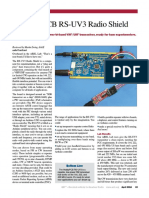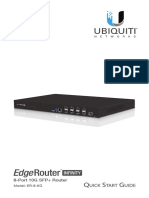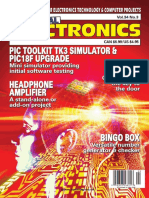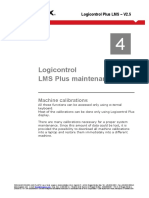0% found this document useful (0 votes)
4 views5 pagesChapter 1 Subjective QA
The document differentiates between hardware and software, system software and application software, RAM and ROM, as well as primary and secondary memory. It also explains the complementary nature of hardware and software, defines modems and their types, describes ports and their types, and outlines how data is recorded and retrieved from hard disks. Additionally, it details the main functions of the CPU and its components.
Uploaded by
riteshswain975Copyright
© © All Rights Reserved
We take content rights seriously. If you suspect this is your content, claim it here.
Available Formats
Download as DOCX, PDF, TXT or read online on Scribd
0% found this document useful (0 votes)
4 views5 pagesChapter 1 Subjective QA
The document differentiates between hardware and software, system software and application software, RAM and ROM, as well as primary and secondary memory. It also explains the complementary nature of hardware and software, defines modems and their types, describes ports and their types, and outlines how data is recorded and retrieved from hard disks. Additionally, it details the main functions of the CPU and its components.
Uploaded by
riteshswain975Copyright
© © All Rights Reserved
We take content rights seriously. If you suspect this is your content, claim it here.
Available Formats
Download as DOCX, PDF, TXT or read online on Scribd
/ 5
























































































